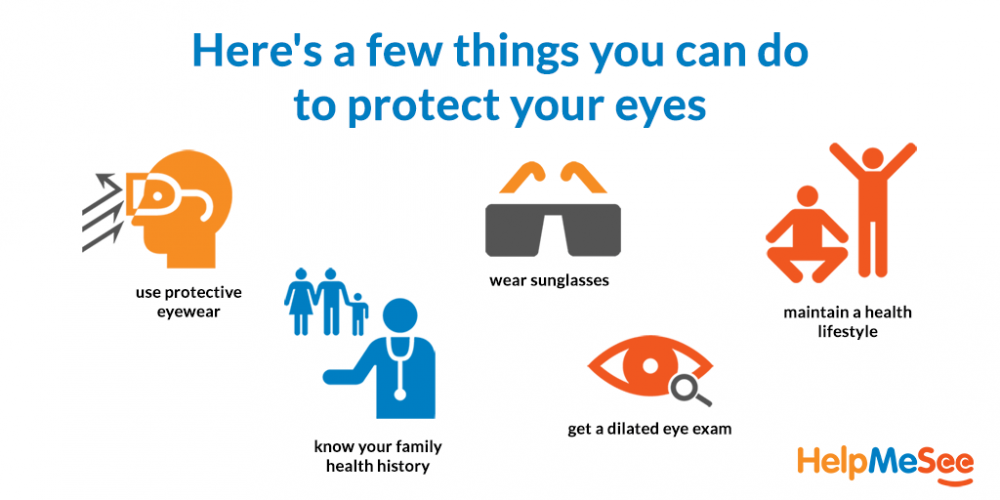How to choose eyeglasses for your child :
As a parent, you want the best for your child, including their vision. If your child needs prescription glasses, choosing the right ones can be a daunting task. But with a few key considerations, you can select glasses that not only meet your child's visual needs but also fit their style and personality.
Get an Eye Exam
The first step in selecting the right prescription glasses for your child is to have an eye exam. This will help determine the exact prescription they need and any other visual issues they may have. A comprehensive eye exam can also identify any underlying health problems that may be affecting your child's vision. So, make sure to schedule an appointment with a licensed optometrist or ophthalmologist.
Consider the Frame Material
When selecting glasses for your child, consider the material of the frame. Frames come in a variety of materials, including plastic, metal, and titanium. Plastic frames are durable and come in many colors and designs, making them a great option for younger children. Metal frames are lightweight and strong, making them ideal for older children who may be more active. Titanium frames are hypoallergenic and lightweight, making them a great choice for children with sensitive skin or allergies.
Choose the Right Frame Size
Choosing the right frame size is crucial in ensuring your child's glasses fit properly and feel comfortable. The frames should be proportionate to your child's face, with the top of the frames sitting just above their eyebrows and the bottom of the frames sitting on their cheekbones. The temple arms should rest comfortably on the ears, and the bridge of the glasses should fit snugly on the nose.
Consider Lens Type
There are several types of lenses to choose from, including single vision, bifocal, and progressive lenses. Single vision lenses are ideal for children who have only one visual problem, such as nearsightedness or farsightedness. Bifocal lenses are best for children who need a separate prescription for distance and reading. Progressive lenses are similar to bifocals but offer a gradual transition between distance and reading prescriptions.
Consider Lens Material
The lens material is an important factor to consider when selecting glasses for your child. Polycarbonate lenses are durable and lightweight, making them an ideal choice for active children. They are also impact-resistant, making them a safe choice for sports and other physical activities. Trivex lenses are another option that is similar to polycarbonate but offer even better optical quality. However, they are more expensive than polycarbonate lenses.
Consider Special Features
Finally, consider any special features that may benefit your child. For example, anti-reflective coatings can reduce glare and improve visual clarity, while photochromic lenses can
darken in bright light and lighten in low light. Scratch-resistant coatings can also help protect the lenses from damage.
In conclusion, choosing the right prescription glasses for your child is an important decision that should not be taken lightly. Consider their frame material, size, lens type, and lens material, and any special features that may benefit their vision. With these considerations in mind, you can select glasses that meet your child's visual needs and fit their style and personality.
Involve Your Child in the Process
Involving your child in the process of selecting their glasses can help them feel more confident and invested in wearing them. Let your child try on different frames and styles to see what they like and what feels comfortable. Ask for their input and opinion, and make the process fun by turning it into a mini-fashion show or competition.
Consider Your Child's Lifestyle
Consider your child's lifestyle when choosing glasses. If they are involved in sports or other physical activities, look for frames that are durable and impact-resistant. If they spend a lot of time outdoors, consider lenses with UV protection to protect their eyes from the sun's harmful rays.
Look for a Good Warranty
Make sure to choose glasses that come with a good warranty. Children can be tough on glasses, and accidents can happen. A good warranty can protect your investment and give you peace of mind knowing that you can get the glasses repaired or replaced if necessary.
Follow Up with Regular Eye Exams
Lastly, it's important to follow up with regular eye exams to ensure that your child's prescription is up-to-date and any vision issues are addressed promptly. As your child grows and develops, their vision may change, and they may need a new prescription or different type of glasses. Regular eye exams can also identify any potential problems early on and help prevent more serious vision issues down the line.
In conclusion, choosing the right prescription glasses for your child requires careful consideration of several factors, including frame material, size, lens type, and lens material. Involving your child in the process, considering their lifestyle, and looking for a good warranty can also help ensure that they feel confident and comfortable wearing their glasses. And don't forget to follow up with regular eye exams to keep your child's vision healthy and strong.
Ensure Proper Fit and Adjustments
Once you have selected the right glasses for your child, it's important to ensure that they fit properly and are adjusted correctly. Glasses that don't fit properly can cause discomfort, headaches, and even vision problems. Make sure the frames fit snugly on your child's face without being too tight or too loose. The temple arms should sit comfortably behind the ears, and the bridge should fit snugly on the nose. If the glasses need adjusting, take them to a professional optician who can make any necessary changes.
Encourage Proper Care and Maintenance
Teaching your child how to properly care for and maintain their glasses can help prolong their lifespan and prevent damage. Encourage your child to clean their glasses regularly with a microfiber cloth and lens cleaner to remove smudges and dirt. Teach them how to store their glasses properly, such as in a hard case, to protect them from scratches and damage. And remind them to handle their glasses with care and not to put them down on surfaces where they can be accidentally knocked off or stepped on.
Address Any Concerns or Issues
If your child is experiencing any issues or concerns with their glasses, such as discomfort or difficulty seeing, address them promptly. Your child may need an adjustment or a different type of lens or frame to address the problem. Don't hesitate to reach out to your eye doctor or optician for guidance and support.
Consider Additional Eye Health Measures
In addition to prescription glasses, there are other measures you can take to support your child's eye health. Encourage your child to take frequent breaks when reading or using screens to prevent eye strain. Make sure your child gets plenty of rest and eats a healthy, balanced diet rich in nutrients that support eye health, such as vitamin A and omega-3 fatty acids. And consider protective eyewear for sports or other physical activities to prevent eye injuries.
In conclusion, choosing the right prescription glasses for your child is just the first step in supporting their eye health. Ensuring proper fit and adjustments, encouraging proper care and maintenance, addressing any concerns or issues, and considering additional eye health measures can all help keep your child's vision healthy and strong. By taking a comprehensive approach to eye health, you can help your child see clearly and confidently for years to come.




